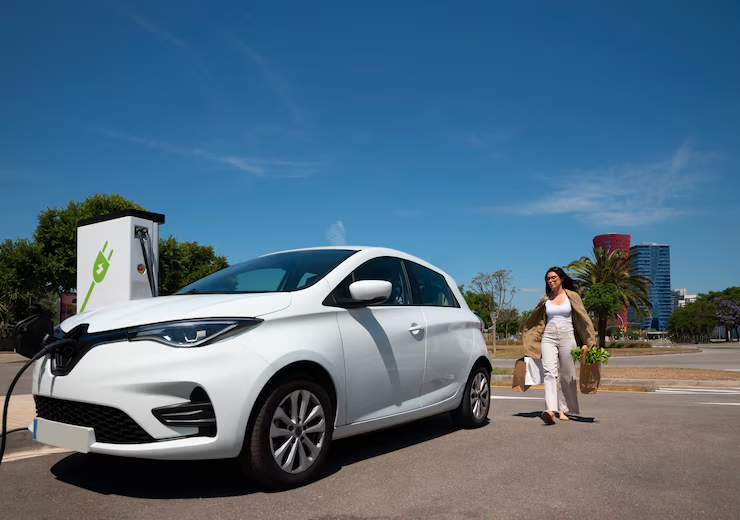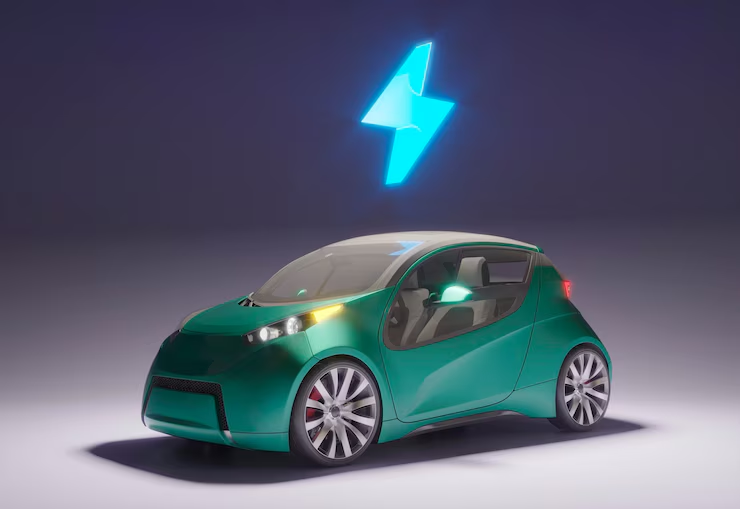Introduction
The electric vehicle (EV) revolution is gaining speed. With climate concerns, rising gas prices, and government incentives, EVs have become more attractive than ever. But one crucial question remains for millions of car buyers: Are electric cars truly affordable yet? For many, the upfront price of an EV still feels out of reach—despite promises of a greener, cheaper-to-run future. So, how close are we to seeing electric cars that are truly budget-friendly for the average driver?Let’s take a deeper look at the current landscape, the barriers, and the breakthroughs in making EVs affordable for all.

The Current Price Tag: Still Out of Reach for Many
As of 2025, the average price of a new electric vehicle hovers around $47,000 globally, though some markets like China offer cheaper options. That price is steadily dropping—but it’s still higher than the average internal combustion engine (ICE) vehicle.Why are EVs so expensive? A big part of the cost comes from the battery, which can make up 30-40% of the total price. While battery prices have dropped significantly over the last decade (from over $1,000/kWh to around $100/kWh), the overall price of EVs hasn’t fallen at the same pace due to supply chain issues, inflation, and high demand.
The Rise of Budget EV Models
Despite high averages, several affordable EV models have emerged in recent years. These include:
Chevrolet Bolt EV – Starting around $27,000 (U.S.)
Nissan Leaf – Starting around $29,000
BYD Dolphin (China) – Equivalent to ~$17,000
Dacia Spring (Europe) – Approx. €20,000 ($21,000 USD)
These vehicles offer reasonable range (150–250 miles) and modern features, but often compromise on luxury, speed, or battery capacity to keep costs down. Still, they are proof that budget EVs are possible
Government Incentives: Narrowing the Gap
One reason some EVs feel more affordable is due to government subsidies and tax credits. In the U.S., buyers may qualify for up to $7,500 in federal tax credits, depending on the model and where it’s made. Countries like Norway, Germany, and China offer strong incentives including rebates, reduced taxes, free tolls, and access to bus lanes.These incentives help close the affordability gap—but not every buyer qualifies, and incentives are slowly being phased out in some regions.
Hidden Savings: EVs vs. Gas Cars Over Time
While EVs may cost more upfront, they can save thousands over time in fuel and maintenance costs. EVs don’t need oil changes, have fewer moving parts, and electricity is often cheaper than gasoline.
Here’s a rough estimate of long-term savings:
Fuel savings: Up to $800–$1,000/year
Maintenance savings: Up to $500/year
Total over 10 years: $13,000–$15,000 saved
These numbers vary by region and driving habits, but they show that EVs can be the cheaper choice in the long run.
The Battery Bottleneck
One of the biggest hurdles to truly affordable EVs is still the battery. Though prices have dropped, the demand for lithium, nickel, cobalt, and other battery materials is surging. Mining, refining, and shipping these resources adds cost and complexity.
However, hope is on the horizon:
LFP batteries (lithium iron phosphate) are cheaper and more stable, though they offer slightly less range.Solid-state batteries, still in development, promise faster charging and lower weight, potentially reducing costs even more.The faster these technologies scale, the quicker prices can fall.
Infrastructure Challenges
Affordability isn’t just about the sticker price—it’s also about accessibility. EV ownership only makes sense if you can reliably charge your car. In many areas, especially rural and developing regions, charging infrastructure is still lacking.For apartment dwellers or people without home chargers, public charging must be fast, reliable, and affordable. Until infrastructure catches up, some buyers may hesitate—especially if affordable EVs come with smaller batteries and shorter ranges.
Used EV Market: A Growing Opportunity
The second-hand EV market is expanding rapidly, offering more affordable options for first-time buyers. Models like the older Nissan Leaf or Chevy Bolt can now be found for under $15,000, making EV ownership much more realistic for budget-conscious drivers.However, buyers must be cautious of battery degradation, which can reduce range and performance over time. A well-maintained EV can still provide great value, especially with a battery warranty.
The Road Ahead: What the Future Holds
Automakers are racing to release sub-$25,000 electric cars, and many have pledged to electrify their fleets by 2030. Tesla is working on a long-awaited “Model 2” that may come in under $25,000. Chinese automakers like BYD and Wuling are flooding local markets with compact, low-cost EVs.As production scales up and battery tech improves, experts predict that price parity with gas cars could happen as early as 2026–2027—possibly sooner in some regions.


